The Best Ways to Shop Sustainably This Season
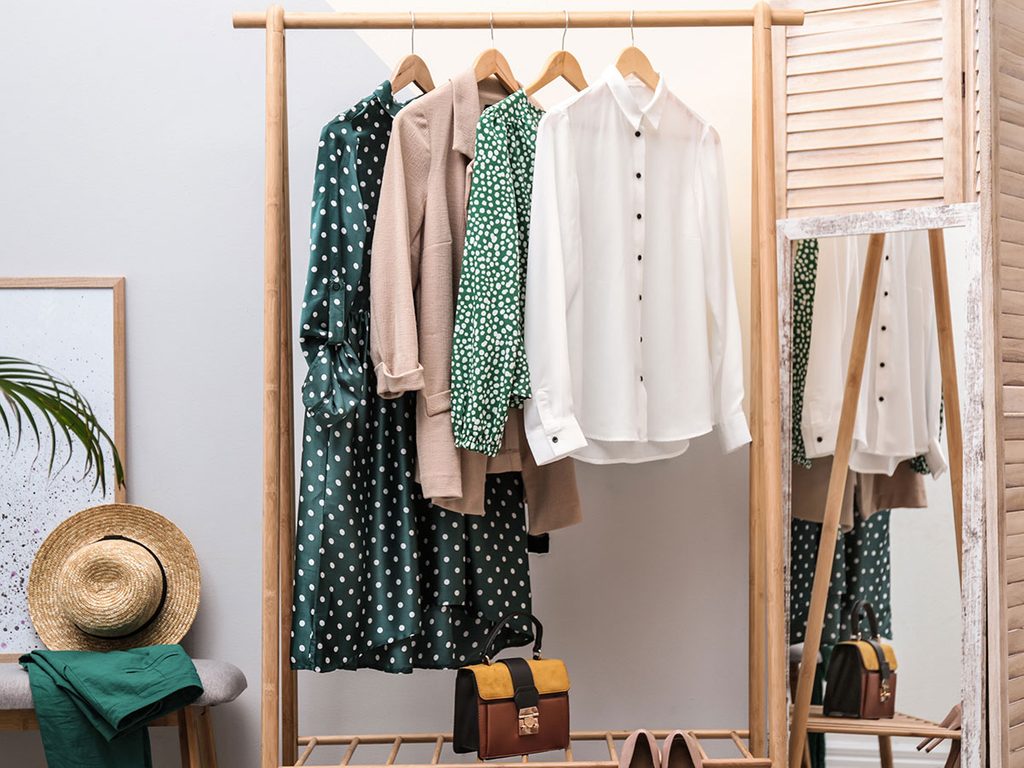
It's easy to weave eco-minded values into your look. Here's how to build a more conscious wardrobe this season.
At the 2019 Canadian Arts & Fashion Awards gala, Sarah Jay wore a pink polyester quilted bedspread and matching lace-trimmed curtains – and she looked amazing! “It was important to feel authentic, equipped and empowered on that night, when I was being recognized for my work, and to wear reused textiles,” says Jay, a Toronto-based fashion director, sustainability consultant and filmmaker who was nominated for the Fashion Impact Award.
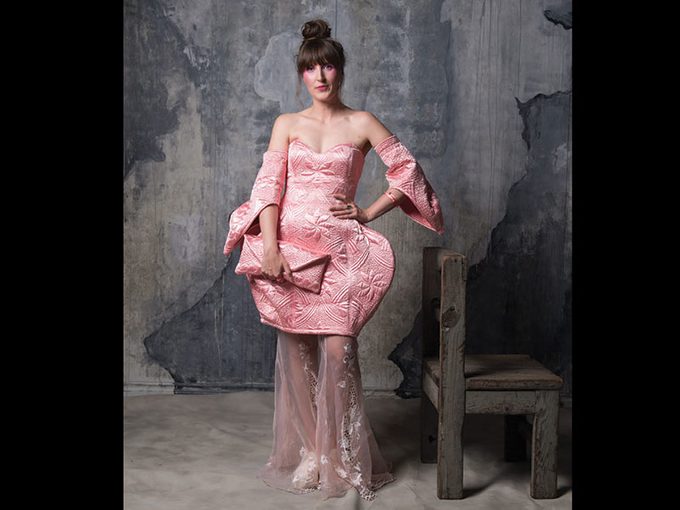
A trip to Value Village delivered the goods, and help from her local seamstress, Michelle Turpin at Tailoress, transformed them into a strapless cocktail dress and flowing pants. “A good tailor can tweak things to get that perfect fit, and fit is what elevates your style,” she says. Intent on designing separates to be worn in multiple ways rather than a single garment, Jay practises mindfulness in her pursuit of sustainable fashion. “A lot of people don’t realize – or stop to think about – where fashion really comes from and all the people who are involved in the supply chain,” she says. “We’ve lost touch with the fact that there’s a large agricultural component – the fibres are often grown on a farm. And one of the biggest issues is the water it takes to turn out textiles.” For Jay, second-hand shopping ranks high as a significant way to reduce your fashion footprint.
In the traditional retail realm, your consumer power can support sustainability. “We started making fleece jackets and pants out of recycled polyester in 1994,” says Wendy Youds, senior director of product design and production at MEC. “We’ve been challenging ourselves to do better for a long time.” Today, growing collections of Fair Trade Certified and Bluesign garments affirm an ongoing commitment. (Here’s how to go eco-friendly in less than 24 hours.)
At the fast-fashion level, H&M is stepping up. “To use our influence to bring systemic change to the entire fashion industry is one of our greatest missions, from improving the livelihoods of people working in our suppliers’ factories to encouraging our customers to recycle their clothes to becoming climate positive by 2040 throughout the entire chain,” says Karen Richter, press communications manager for H&M Canada. In 2018, 667,000 pounds of donated clothing were collected in Canadian stores. Globally, more than 50 percent of all materials used to make the brand’s products are now recycled or sustainably sourced. The goal is to reach 100 percent by 2030.
Below, five pieces that will help you build a sustainable wardrobe.
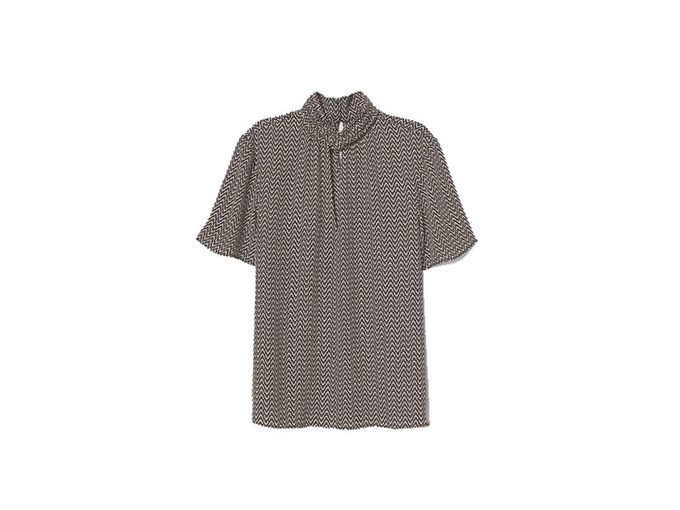
A pretty print and keyhole neckline – who knew recycled polyester could look so chic?
Blouse with Stand-Up Collar, $35, hm.com
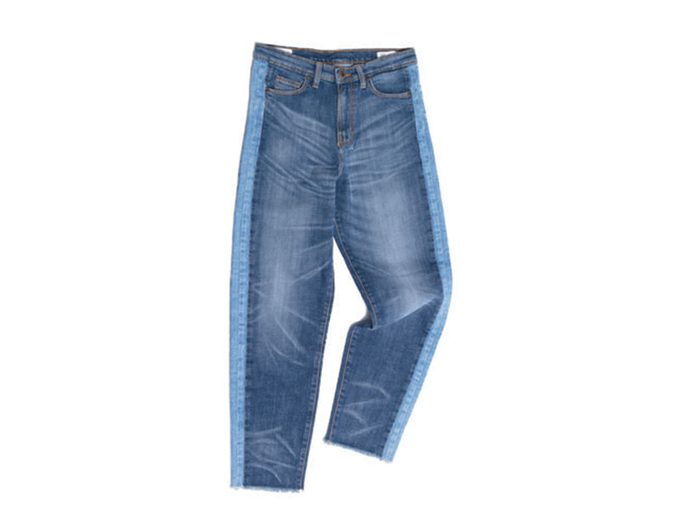
An environmental and ethical leader, this Aussie-based label supports vulnerable women in the Cambodian garment industry.
Two-Tone Jeans, $245, outlanddenim.ca
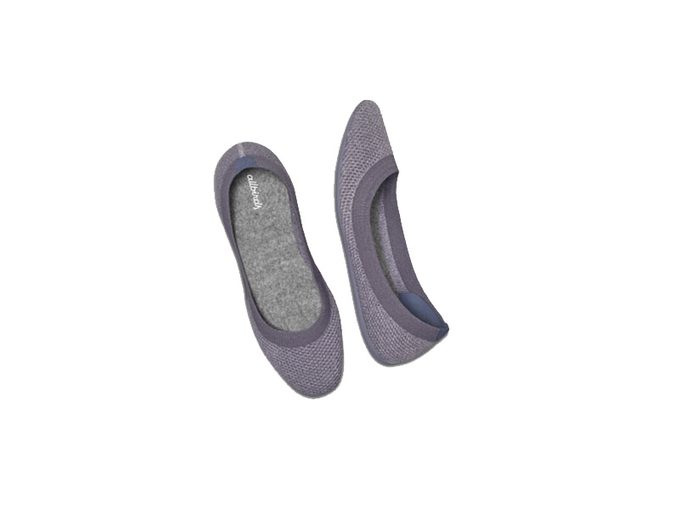
Sustainably crafted inside and out, these streamlined flats feature breathable knit eucalyptus fibres and sugarcane-based foam soles.
Women’s Tree Breezers, $135, allbirds.ca
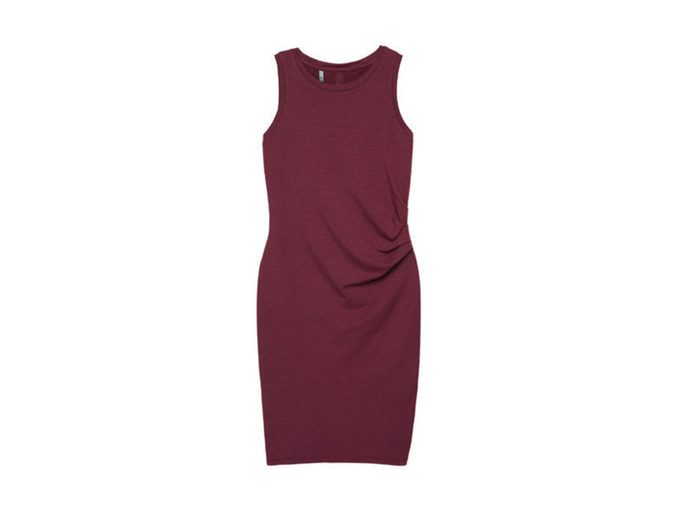
Bluesign approved – that is, created with a reduced environmental impact on raw materials, energy, water and air emissions.
All Day Active Dress, $65, mec.ca
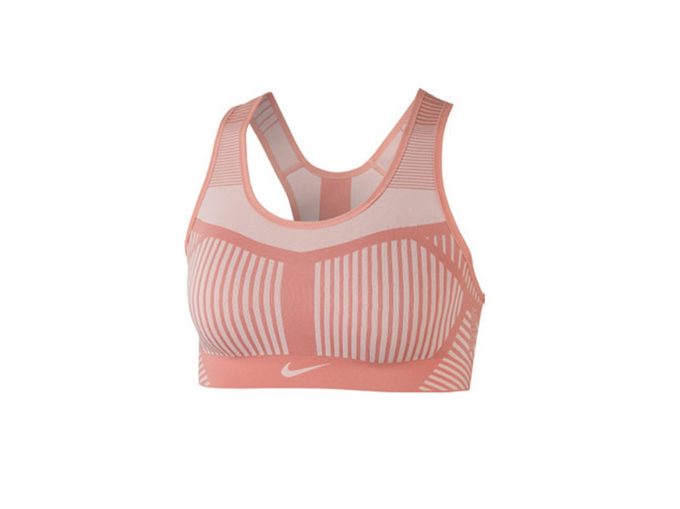
Flyknit technology reduces waste: This garment is made from two pieces of material, while a more traditional style can use up to 41 pieces.
Fe/Nom Flyknit, $100, nike.com
Next, learn about the ways your skincare is about to change.




